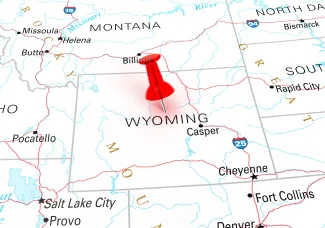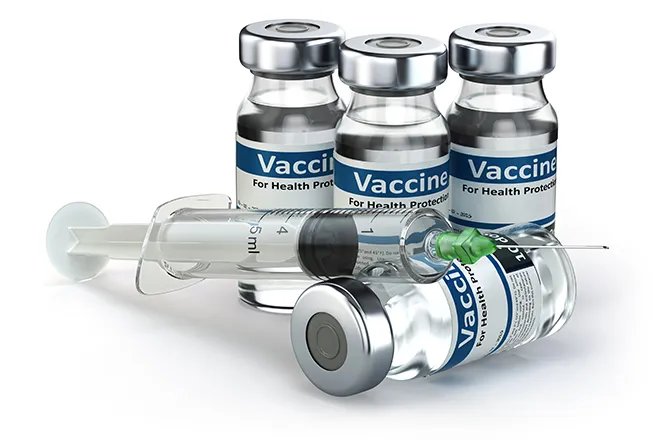
Projected costs loom over benefits of proposed Bighorn Basin dam
Click play to listen to this article.
(Wyoming News Service) Wyoming's irrigation infrastructure is aging and the state gets regular requests to update it but in some cases, project benefits may not outweigh the costs.
Parts of the Bighorn Basin are some of the driest in Wyoming, according to state data. The proposed Alkali Creek Reservoir Project would provide supplemental, late-season water to 33 irrigators across 13,000 acres of land, a design in the works since 2007.

Jason Mead, director of the Wyoming Water Development Office, said a recently announced potential design change, from an open irrigation ditch to a pipeline, added about $30 million to the dam's price tag. It also decreases the ratio of benefits to costs, a calculation the office does for any water storage project it works on.
"In regards to the grant and loan, we can grant up to 100 percent of a project per our criteria," Mead explained. "But it's not to exceed the public benefit."
Benefits include boating and fishing in the reservoir, the short-term benefits of dam construction and the indirect benefits to local and regional economies through increased crop production. Mead noted other considerations are the life expectancy of the dam, the ability and willingness of the users to pay for it and, of course, the direct benefit to irrigators themselves, who plan to use the water mainly for alfalfa, corn, sugar beets and barley. Opponents said the dam will disrupt natural watershed functions.
Dagny Signorelli, Wyoming director for the Western Watersheds Project, said the dam could reduce spring flows in Paint Rock Creek by 33 percent, in Medicine Lodge Creek by 16 percent and in Alkali Creek up to 100 percent.
"In general, dams disrupt natural river ecosystems by altering their flow patterns and reducing the frequency and intensity of natural flooding events," Signorell pointed out.
Signorelli added it could alter habitat for wildlife both upstream and downstream, with special concerns for trout, pronghorn, elk, mule deer and raptors. Plus, according to permit objections submitted by Western Watersheds Project in 2018, greater sage grouse use five breeding grounds within a four-mile radius of the project.















